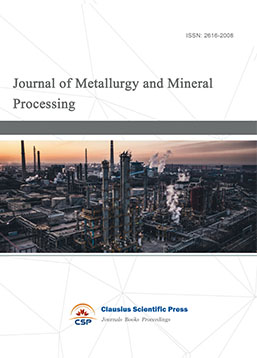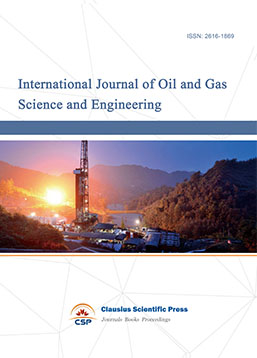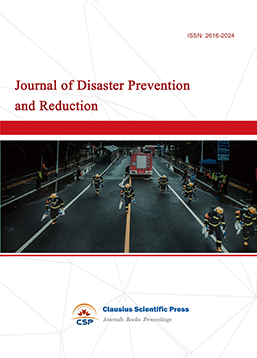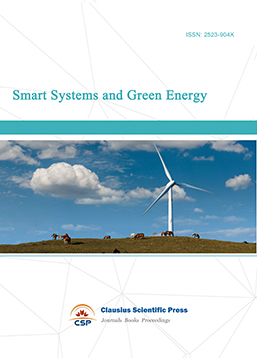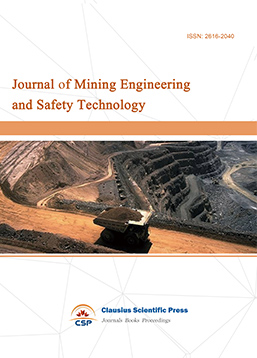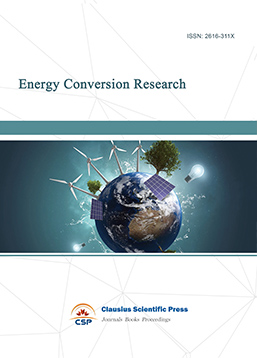Research on the Application of Joint Optimization Strategy of Energy Storage System and Demand Side Response Based on Tianqun Algorithm in Renewable Energy Grid
DOI: 10.23977/fpes.2024.030108 | Downloads: 11 | Views: 726
Author(s)
Zihan Tang 1
Affiliation(s)
1 Resource Planning Department, Guzman Energy Group, Denver, CO, 80202, United States
Corresponding Author
Zihan TangABSTRACT
This article addresses the challenges of integrating high proportions of renewable energy into microgrids, focusing on optimization and research to manage the inherent uncertainty and volatility of renewable energy output. To ensure smooth operation of the renewable energy grid, the study employs energy storage systems and demand-side response technologies. Initially, the paper provides a comprehensive overview of the research background, significance, and current status of renewable energy integration both domestically and internationally, along with the associated impacts and existing solutions.The study then analyzes the characteristics of various microgrid components, including wind power systems, photovoltaic arrays, and energy storage systems, and develops relevant models for demand-side response. It introduces a two-layer optimization model for active distribution network planning, aiming to minimize costs related to investment, operation, demand-side response, and annual network losses. The improved beetle swarm algorithm, enhanced by combining it with particle swarm optimization, is used to solve this bi-level programming model. The case studies demonstrate that joint programming effectively enhances economic benefits.To address the economic costs, improve reliability, and increase renewable energy utilization in islanded microgrids, the paper presents a multi-objective optimization model and an optimization scheduling method that accounts for islanded operation and renewable output uncertainty. Monte Carlo sampling is applied to forecast wind and photovoltaic outputs, while linear programming is used to develop frequency regulation strategies for modulation power sources. The proposed methods are validated through case studies. Future research directions include exploring the uncertainties of demand-side response, improving prediction accuracy, and investigating additional energy storage technologies and shared energy storage solutions in integrated energy systems.
KEYWORDS
Renewable energy, Energy storage system, Demand side response, Microgrid, Optimize schedulingCITE THIS PAPER
Zihan Tang, Research on the Application of Joint Optimization Strategy of Energy Storage System and Demand Side Response Based on Tianqun Algorithm in Renewable Energy Grid. Frontiers in Power and Energy Systems (2024) Vol. 3: 65-71. DOI: http://dx.doi.org/10.23977/fpes.2024.030108.
REFERENCES
[1] Lee D, Joo S K, Xiao M A .Economic Analysis of Large-Scale Renewable Energy (RE) Source Investment Incorporating Power System Transmission Costs[J]. IEEE, 2023.
[2] Li Z, Sun W, Harrison X G P .Transfer Strategy for Power Output Estimation of Wind Farm at Planning Stage Based on a SVR Model [J].CSEE journal of power and energy systems, 2023, 9(4):1460-1471.
[3] Vahedipour-Dahraie M, Rashidizadeh-Kermani H, Shafie-Khah M,et al. Peer-to-Peer Energy Trading Between Wind Power Producer and Demand Response Aggregators for Scheduling Joint Energy and Reserve[J].IEEE, 2021(1).DOI:10.1109/jsyst.2020.2983101.
[4] Wang L, Zhang X .A novel method for studying the wind speed probability distribution and estimating the average wind energy density [J].IOP Publishing Ltd, 2024.DOI:10.1088/2631-8695/ad3d31.
[5] Xuan A, Shen X, Guo Q, et al. A conditional value-at-risk based planning model for integrated energy system with energy storage and renewables[J].Applied Energy, 2021, 294(2):116971.DOI:10.1016/j.apenergy.2021.116971.
[6] Chen Y T, Zhang D X, Zhao Q,et al.Interpretable machine learning optimization(InterOpt)for operational parameters: A case study of highly-efficient shale gas development[J]. Petroleum Science, 2023, 20(3):1788-1805.
[7] Quezada L E, Oddershede A, Palominos P, et al. Identifying Causal Relationships in a Strategy Map Using ANP and Multi-Objective Integer Optimization Model[J].International Journal of Information Technology & Decision Making, 2024.DOI:10.1142/S0219622023500396.
| Downloads: | 529 |
|---|---|
| Visits: | 38116 |
Sponsors, Associates, and Links

 Download as PDF
Download as PDF